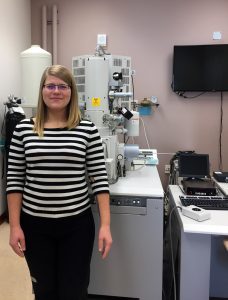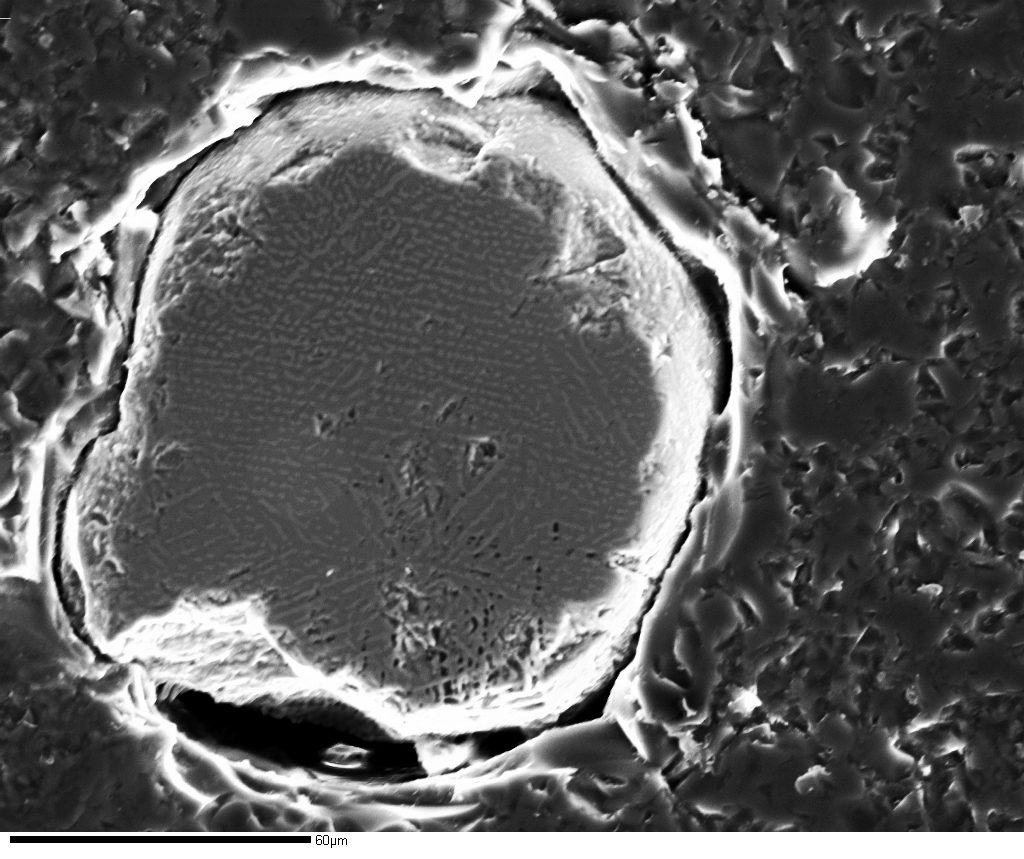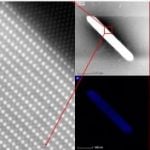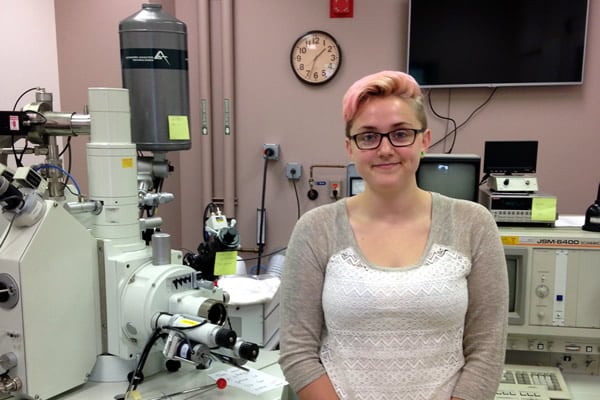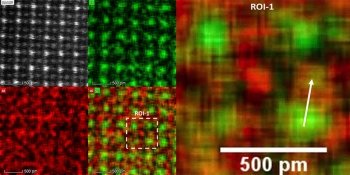 Paul Sanders, Patrick Horvath Endowed Associate Professor of materials science and engineering, and materials science and engineering graduate student Yang Yang, are trying to strengthen aluminum by adding scandium to it.
Paul Sanders, Patrick Horvath Endowed Associate Professor of materials science and engineering, and materials science and engineering graduate student Yang Yang, are trying to strengthen aluminum by adding scandium to it.
The aberration-corrected FEI Titan Themis scanning transmission electron microscope (STEM) in Michigan Tech’s Applied Chemical and Morphological Analysis Laboratory, makes an electron beam less than an atom in width. This allows researchers to scan through samples one atom column at a time. Additionally, the lab has a SuperXTM X-ray detector, which is an array of four detectors to collect four times more X-rays than a conventional detector.
Combining the two techniques, researchers can element map at atomic resolution.
Read more at Unscripted, by Kelley Christensen.
Related:
